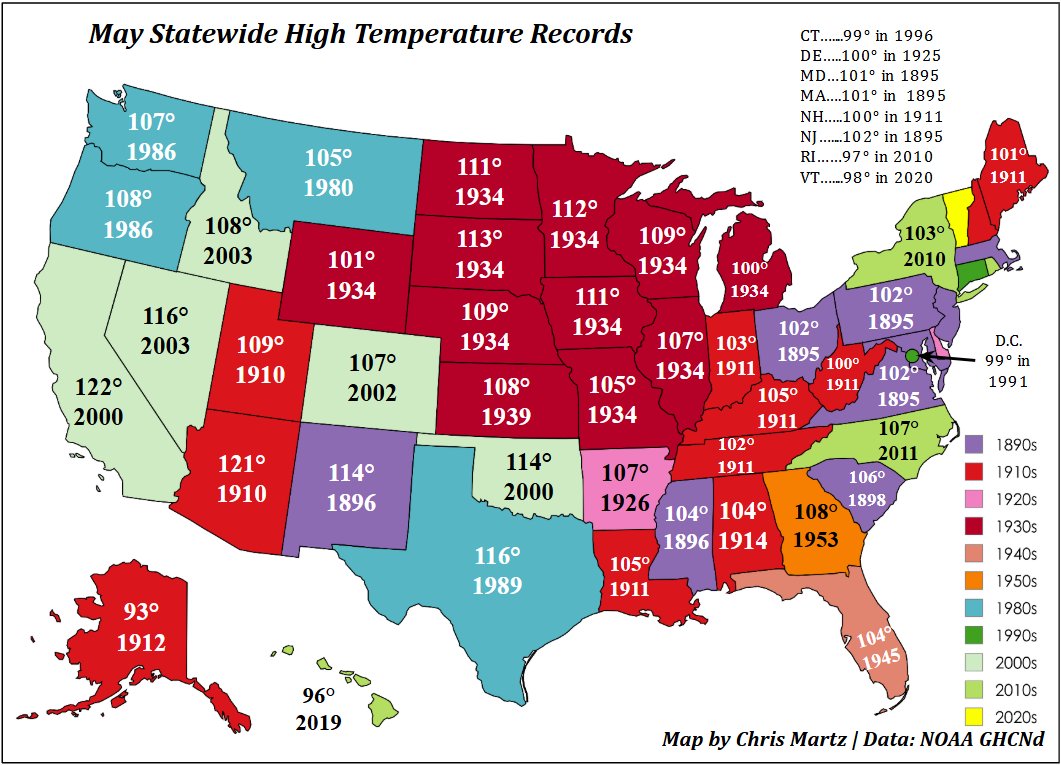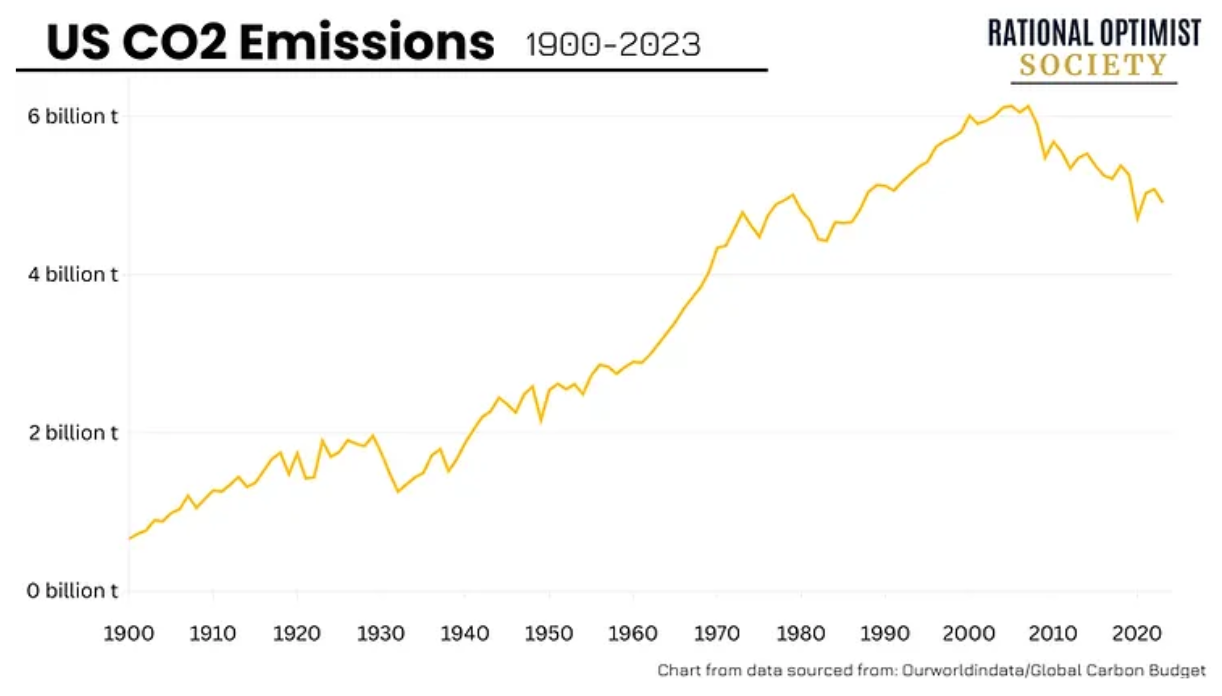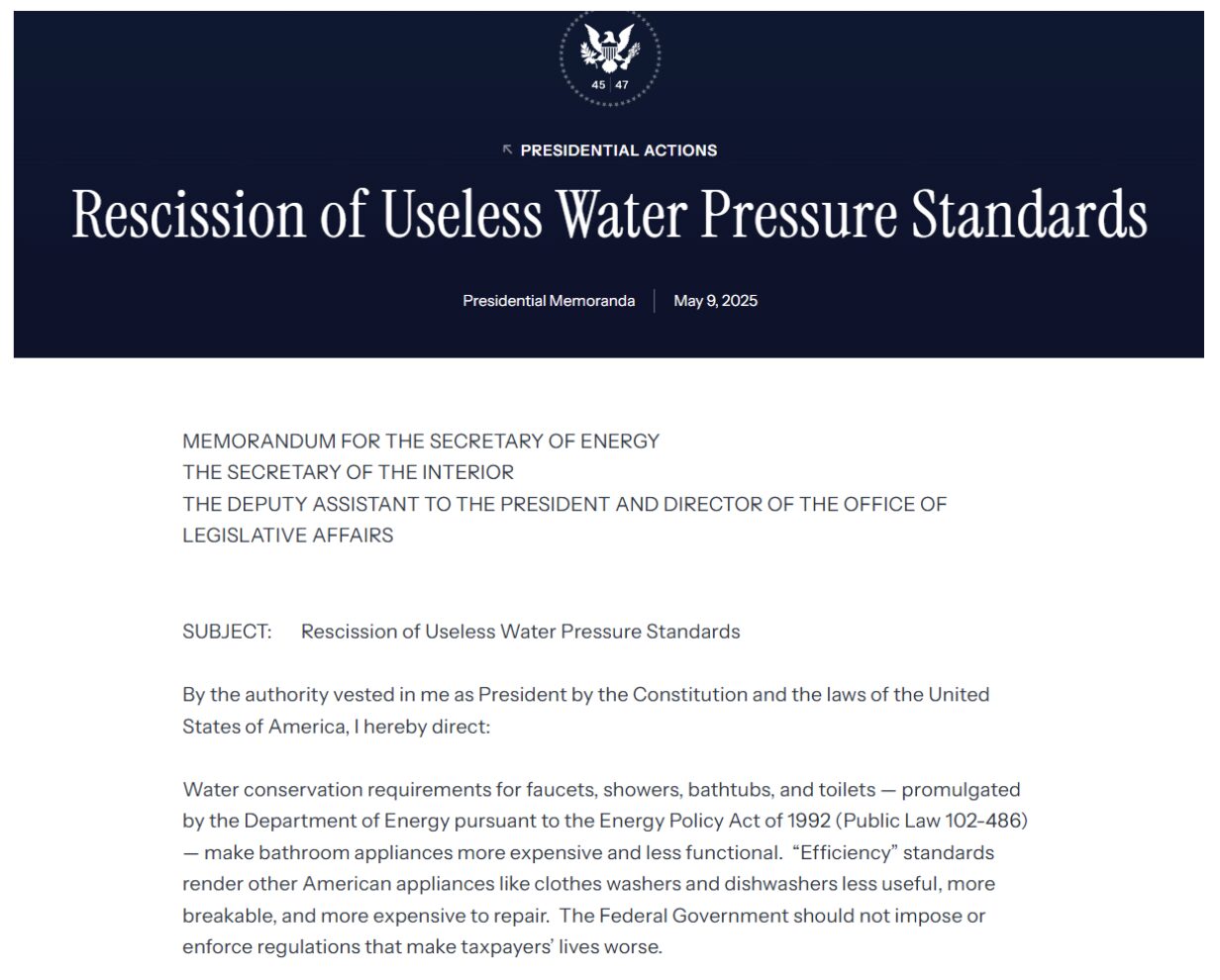https://amgreatness.com/2020/05/25/we-didnt-close-america-in-1957-1958/
I was born in 1957. That’s me at the piano—late that year, I think—with my older sisters Susan (middle) and Nancy.
That fall, a deadly flu was tearing through America.
It ended up killing some 116,000 Americans—in a country that, with 170 million people, had about half the population of today’s America.
Even using inflated numbers, about 95,000 have died so far from the coronavirus, by comparison.
Clark Whelton, now 80, wrote about his experience with the disease in a March 13, 2020 piece in City Journal.
“I spent a week in my college infirmary with a case of the H2N2 virus, known at the time by the politically incorrect name of ‘Asian flu,’” Whelton wrote.
“My fever spiked to 105, and I was sicker than I’d ever been. The infirmary quickly filled with other cases, though some ailing students toughed it out in their dorm rooms with aspirin and orange juice.”
Whelton recalled something else about the disease.
“The college itself did not close, and the surrounding town did not impose restrictions on public gatherings. The day that I was discharged from the infirmary, I played in an intercollegiate soccer game, which drew a big crowd,” he wrote.
The flu hit and killed all sorts of people, including children and pregnant women. COVID-19, by comparison, has most viciously targeted the elderly and people with serious health conditions.
But America in 1957 did not shut down. The National Football League played its games. Elvis Presley kept on wiggling his hips in concerts and TV shows (below, in a publicity still for that year’s “Jailhouse Rock”). The economy kept functioning, albeit with a greater number of people than usual calling in sick.
The country seemed far more concerned about the Soviet Union’s launch of the first artificial satellite in space, Sputnik 1, on October 4. Soviet domination of space could have enslaved the world.
As Rhode Island doctor and author Andrew Bostom notes, the federal Centers for Disease Control now say that the infection fatality ratio of COVID-19 is 0.27 percent, almost equal to the 0.26 percent of the 1957-1958 Asian flu.
Why did COVID-19 seem so much more terrifying, initiating lockdowns that have devastated America’s small businesses?
Well, the “science” was initially wrong. Epidemiological models that were used by governments all over the world, including those of the United States, grossly exaggerated the death toll. Politicians insisted we had to shut down to “flatten the curve” of infections, lest the hospitals be overrun with patients. No one could be certain what was happening.
China’s evil behavior also scared people. Its communist government hid from the world important information about the virus, which may have escaped from one of its laboratories outside Wuhan. The brutal regime shut down domestic travel from Wuhan—epicenter of the disease—to protect itself while permitting international travel. Effectively, China seeded the virus around the world, doing enormous economic damage to its geopolitical rivals and sapping the power of free societies.
There may be something else to explain the difference.
Americans were different in 1957-1958. Many had experienced two world wars, the Great Depression, and a Cold War that threatened to plunge the world into a nuclear holocaust. They understood that life inherently carries risks and that no government, however big, can shelter everyone from harm. Indeed, totalitarian governments in the 20th century had killed people by the tens of millions.
In addition, Americans were familiar with far scarier diseases—notably, polio, which, until a vaccine was developed by Jonas Salk in 1955, crippled and killed children in far greater numbers than the flu.
A flu vaccine for 1957-1958 basically failed. The Asian flu arose, quickly spiked, and went away.
Unlike the coronavirus, it did not leave behind devastated small businesses, massive unemployment and a shattered economy. While the lockdowns are easing, some states today are still effectively making it a crime to run some businesses.
Some said during the Vietnam War that we had to destroy the village in order to save the village. When all this is over, one of the key problems to resolve will be: how to deal with viruses and save lives without doing unacceptably massive damage to our whole society.




